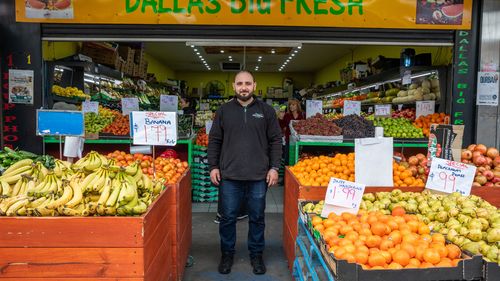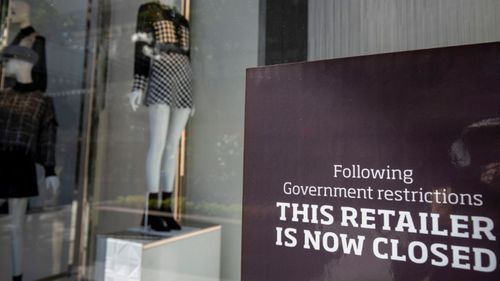
The Federal Government has announced that JobKeeper will exist until at least March 28 next years in an evolution of the scheme known as "JobKeeper 2.0".
Currently, JobKeeper is costed under its current guise of $1500 flat rate per fortnight for eligible employees until September 27.
From September 28, that figure will fall depending on your circumstances. Here's what you need to know:

My work is back up and running, but not like it was. Will I still be eligible for JobKeeper?
It depends on how heavily your employer is still suffering financially.
To be eligible for the extension, your employer must re-apply for the payment from September 28, 2020, and be able to demonstrate that they have lost 30 percent or more of their turnover this year.
If your employer has a turnover of more than $1 billion per year, they will need to demonstrate that they have continued to suffer a loss of 50 percent of turnover during the pandemic.

I see. So if my employer is still eligible, how much will I be paid?
The current JobKeeper rate is $1500 per fortnight, no matter what your hours are or what your job is.
From September 28 to January 3, 2021, this "flat rate" will be reduced depending on how many hours you used to work before the pandemic hit.
If you used to work 20 hours or more, you will receive a flat rate of $1200 a fortnight instead of $1500.
If you used to work 20 hours or less during February 2020, you will receive a flat rate of $750 per fortnight.

That's weird. Why does it matter how many hours you used to work?
The Federal Government is keenly aware that the JobKeeper scheme is expensive – really expensive.
In some cases, casual workers who were receiving the $1500 flat rate were actually earning more during the pandemic than they were before it.
The government recognizes this, and so has brought the total down to better reflect payment conditions before the virus hit the country.

What happens from January 4 next year?
Good question – the answer is that the payment will scale down further.
From January 4 next year to March 28, businesses who are still hurting financially (they will need to demonstrate this again) can access these payments for their employees:
- Full-time workers to receive $1000 flat rate per fortnight
- Employees who worked 20 hours or less during February 2020 will receive $650 per fortnight

What happens after that?
We don't know. Nobody from doctors to scientists to the government knows how this virus is panning out.
What we do know is that the pandemic will wreak havoc on our unemployment rate, and economists know one thing: unemployment rates can shoot up in a short period of time, but it always takes a long time for them to go down.
What if I'm a sole trader?
The JobKeeper extension all applies to you too.
You will need to demonstrate a loss of 30 percent turnover again, but it's effectively the same criteria used to access the first round of payments.

Cool. It kind of makes sense. Can you run through the total eligibility requirements again?
I can. If it helps, run down this list and ask yourself if you apply. If you answer yes to all, you're eligible for the extension:
- Are you currently employed by an eligible employer? (An eligible employer is one that has lost the required amount of turnover)
- Were you a full-time, part-time, or fixed-term employee on March 1, 2020?
- Or, were you a long-term casual employee who had been with an employee for at least 12 months on March 1, 2020?
- Were you aged 18 years or older on March 1, 2020?
- Were you an Australian resident on March 1, 2020? (If you were for the purpose of income tax, or you hold a Subclass 444 visa, you are eligible too)
- Did you NOT receive any of these payments: Paid parental leave or payment from worker compensation law for your incapacity to work?
It can get confusing! For the final work on eligibility, you can check the Australian Government's fact sheets on the Treasury website here.
